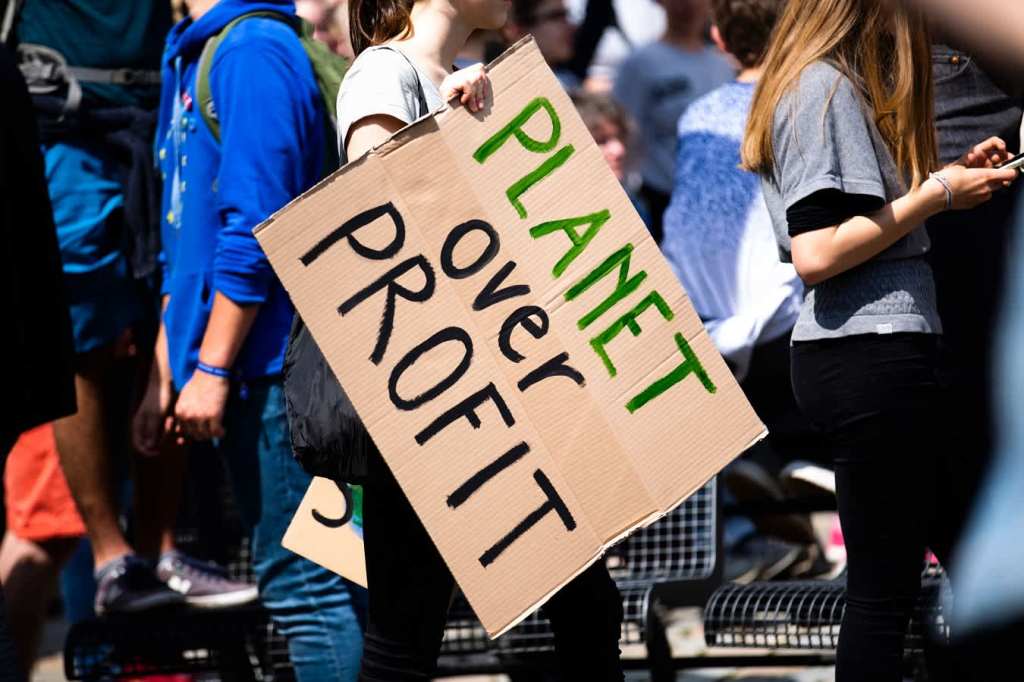The US has reduced its carbon emissions over the past year by over 10%. That’s the greatest drop in annual emissions since World War II.
A new report from the Rhodium Group, who track carbon emissions in the US, shows that emissions are now below 1990 levels for the first time. Emissions are also 21% lower than in 2005 which means the US is expected to “far exceed” its 2020 Copenhagen Accord target of a 17% reduction.
Rhodium, however, caution against using 2020 as a “down payment” toward the US meeting its 2025 Paris Agreement targets of 26-28% below 2005 levels. As they state, the emission reductions seen in 2020 came at the cost of huge economic and human suffering and aren’t likely to continue once the world gets back on its feet after the pandemic.
Emission reductions over the past year largely came about due to the shutdown or slowdown of some of the hardest-hit economic sectors. Transportation, electric power, and industry are the leading sources of carbon emissions in the US and likely to resume soon with vaccines being rolled out across the world.
Long Term Goals
Still, it’s a win. What the pandemic has done is made many of us realise the enormous scale of change that is required in our societies in order to achieve the kinds of emissions reductions required to meet the Paris Agreement. This agreement, of course, does not go far enough for many, including Greta Thunberg, who labelled the agreement “empty words”.
“The action needed is still nowhere in sight”, she said in response to the agreement.
Currently, the planet is on track for somewhere between two and four degrees Celsius of warming. If you remember your high school physics classes, that’s bad. Really bad. Two degrees of warming has been predicted to cause rampant wildfires the likes of which we got a taste last year, extreme droughts, water shortages, and sea level rises across 70% of the planet. There will also be more cyclones, hurricanes, and torrential downpours.
That’s the best-case scenario. That’s what our world leaders are hoping it only gets to. Four degrees looks something like a cross between Mad Max and The Road. Complete collapse of biodiversity systems, agriculture, and likely stable government as we know it with the planet plunged into famine, disease, and conflict. It’s grim.
To avoid these scenarios, we need to be taking the kind of radical, drastic action that we saw our governments move on when the pandemic took full effect. It’s a World War level of danger and we need wartime efforts to stop it.
A Ray of Hope
The above is the existential kind of stuff we are inundated with so often that we don’t really want to hear about it. However, scientists have recently found that present global warming models may not be entirely accurate, and that the planet itself may be more resilient to absorbing carbon than we had first thought.
What makes global warming so dangerous is the assumption that emissions in the atmosphere take years to affect the present temperature and may cause locked-in warming, even triggering spiralling environmental emissions like the release of greenhouse gasses currently frozen under the Arctic.
However, scientists have now factored in the dynamism of the Earth’s natural systems, whereby stopping emissions would actually see atmospheric CO2 content go down due to the huge carbon absorption capacity of oceans, wetlands and forests.
Michael Mann, a climate scientist at Pennsylvania State University, likens it to filling a sink with water with the drain partly open – the water level will still rise, but if you reduce the water coming it will subside.
“This falling atmospheric CO2 causes enough cooling to balance out the warming ‘in the pipeline’ due to slow ocean heat uptake, and global temperatures remain relatively flat after net-zero emissions are reached”, said Zeke Hausfather, a climate expert at the Breakthrough Institute.
“The main takeaway for me is that this is good news, because it means that how much warming happens this century and beyond is up to us”.
That will only happen however if we hit net-zero. That means no more carbon emissions whatsoever, and allowing the planet to do its thing by sucking in the excess already in the atmosphere. Schemes like the Trillion Trees Project bet on these environmental mechanisms to capture carbon in the atmosphere and bring emissions down overall.
Currently, over 100 countries have pledged to get to net-zero by 2050 The UK, Japan, and the EU all have net-zero targets and will soon be joined by the US under the incoming Biden administration.
Should this be achieved globally, “surface temperatures stop warming and warming stabilizes within a couple decades,” said Mann,
“What this really means is that our actions have a direct and immediate impact on surface warming. It grants us agency, which is part of why it is so important to communicate this current best scientific understanding.”
Australia however, under the leadership of Scott Morrison, has routinely refused to commit to net-zero, with Morrison saying he is “more interested in the doing”. This stance has made us increasing outliers on the world stage, with Japan, South Korea, and the Philippines committing to net-zero by 2050, and China committing to it by 2060 at the end of last year.
Morrison has recently said Australia will meet its Paris commitment “in a canter” despite projections from 2019 suggesting our emissions by 2030 would only be 16% below.







